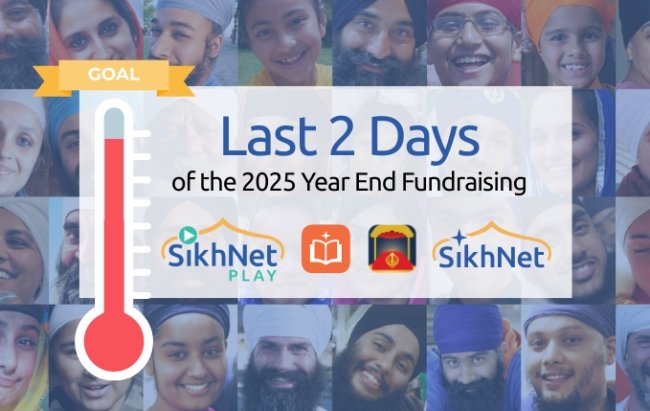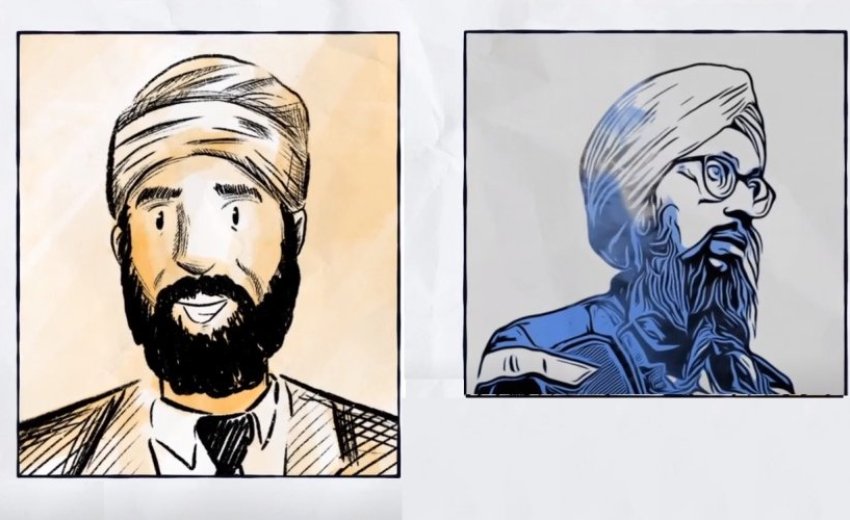Representation in media has always been a topic of concern for marginalized communities, and Sikhs in America are no exception. Sikhs, who are a religious minority community within the broader Asian American term, have very little representation in today's pop culture. Authors such as Simran Jeet Singh and cartoonist Vishavjit Singh are creating their own stories because they believe that the Sikh community is misrepresented or underrepresented in our society.
"A lot of people feel like they're not represented in America's culture. And certainly I feel that way," says Vishavjit. He feels that there is a lack of Sikh representation in pop culture and as a result, people do not know who Sikhs are.
Simran Jeet Singh agrees with Vishavjit and believes that when Sikhs show up in the world, they are hyper-visible and yet invisible at the same time. This is because some Sikhs wear turbans and leave their hair uncut as a sign of equality, which makes them stand out.
Whenever there is coverage of the Sikh community in the media, it is almost always in the wake of a devastating event. For example, after 9/11, Sikhs were mistaken for Muslims, and hate crimes against them increased. Similarly, after the shooting in the FedEx facility in Indianapolis this year, there was a lot of media coverage about the Sikh community. "The challenge, I think, and the next step is to go beyond telling these community stories only in the moment of violence, of racist hate," says Simran.
Vishavjit echoes Simran and believes that storytelling is a step towards reversing hate and bias. He developed Sikhtoons with the goal of combating the stigma associated with wearing turbans and normalising Sikh characters. Even more impressively, Vishavjit brought Captain America to life by casting doubt on the conventional understanding of what it means to be an American superhero.
Fauja Singh was the first person to finish a marathon after reaching the age of 100, and Simran wrote and published a children's book about him. In addition to addressing the issue of disability, the book addresses ageism, xenophobia, and racism. Simran is of the opinion that if we can learn to recognise the humanity in persons who appear to be the most dissimilar to us, then we can learn to see the humanity in everyone that we come into contact with.
Vishavjit believes that positive representation alone is not enough if it is limited. He emphasizes that while individuals have to represent themselves, the system also needs to take action and open doors to create more opportunities. Specifically, Vishavjit advocates for more Sikh representation in popular culture, asserting that the system needs to do more to provide such opportunities.
Vishavjit and Simran are part of a movement to increase Sikh representation in pop culture. They are creating their own stories because they feel that our culture does not represent their community accurately. Sikhs are hyper-visible and yet invisible at the same time, and this is why storytelling is so important. Through storytelling, they hope to reverse hate and bias and create more opportunities for Sikh representation in pop culture. If we can learn to see the humanity in people who seem different from us, then we can learn to see the humanity in everyone we meet.
*Based on an article by Cat Sandoval published in Scripps News on 20th may 2021

